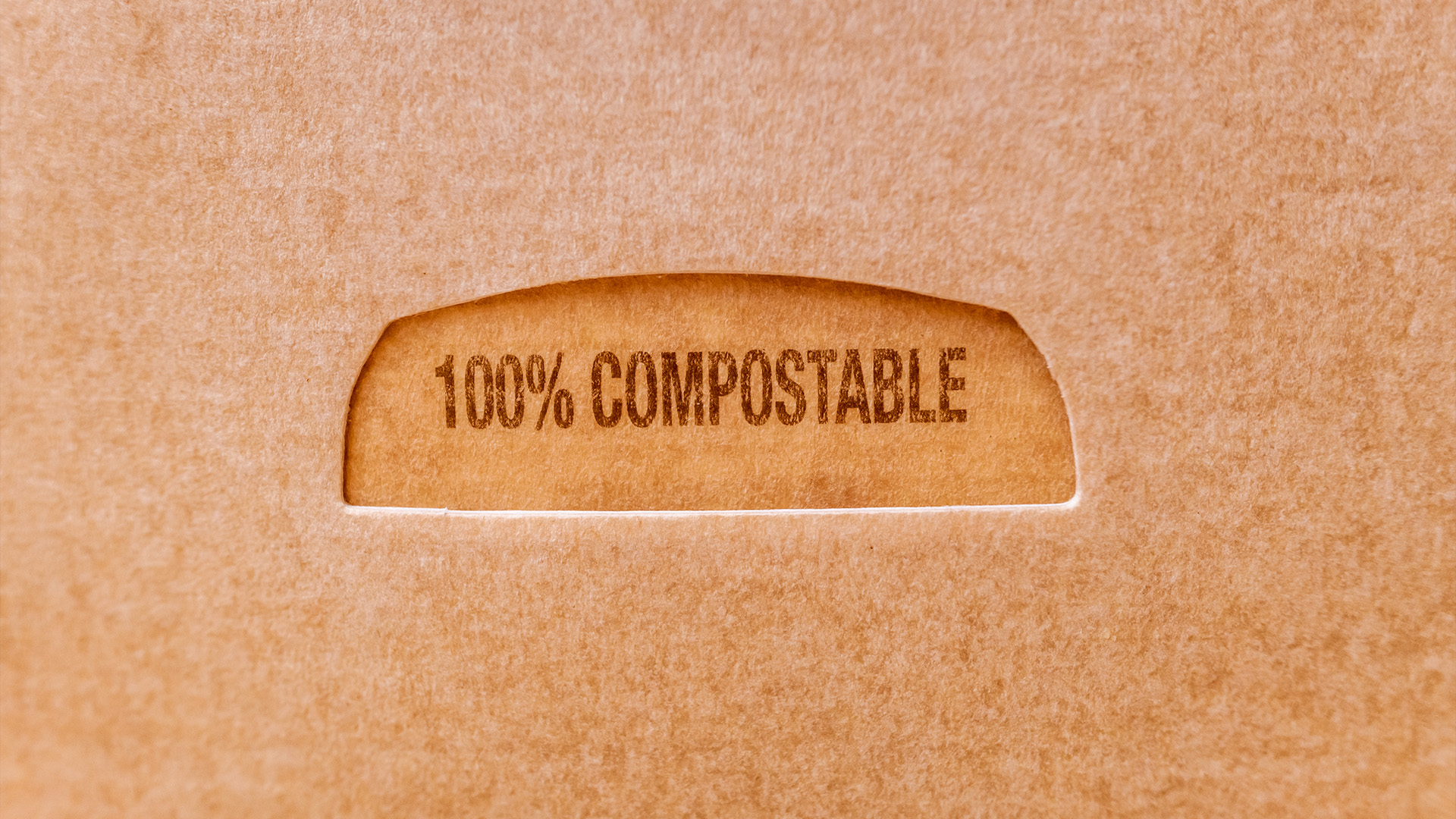In today’s fast-paced world, convenience often comes at a cost. We tear open plastic wrappers, toss them aside, and think little about the environmental impact of our choices. However, as awareness of plastic pollution and environmental degradation grows, so does the movement toward more sustainable practices. Enter compostable packaging! This eco-friendly hero is here to save the day, offering a solution that aligns convenience with environmental responsibility. Let’s explore what compostable packaging is, why it matters, and how it can pave the way to a greener future.
What is Compostable Packaging?
Compostable packaging refers to materials designed to break down into natural substances in a composting environment, typically within 90 to 180 days. Unlike traditional plastics, which can linger in landfills for centuries, compostable materials return to the earth, enriching the soil instead of polluting it.
These materials are made from renewable resources, such as plant starches, cellulose, and other natural fibers. Common examples include:
- Bioplastics: Derived from renewable biomass sources like corn starch or sugarcane.
- Mushroom Packaging: Made from mycelium, the root structure of mushrooms, which binds together agricultural waste.
- Plant-Based Films: Often used for wraps and bags, these are made from materials like polylactic acid (PLA), derived from fermented plant starch.
The best part? When compostable packaging is disposed of properly, it decomposes into nutrient-rich compost, which can be used to nourish gardens, parks, and agricultural lands.
Why Does Compostable Packaging Matter?
The importance of compostable packaging cannot be overstated, especially in an era where plastic waste is wreaking havoc on our environment. Here’s why it’s a game-changer:
1. Reducing Plastic Waste
Every year, millions of tons of plastic end up in our oceans and landfills. According to the United Nations, around 300 million tons of plastic are produced annually, with a significant portion being single-use items. By switching to compostable packaging, we can drastically reduce the amount of plastic waste generated, helping to protect marine life and ecosystems.
2. Supporting a Circular Economy
Compostable packaging is a key player in the circular economy, where materials are reused, recycled, or composted rather than discarded. This approach not only reduces waste but also encourages the sustainable use of resources, fostering innovation and job creation in green industries.
3. Enhancing Soil Health
When compostable materials break down in a composting system, they contribute valuable nutrients back to the soil. This not only improves soil structure but also supports plant growth, leading to healthier crops and gardens. In a world grappling with food security challenges, enhancing agricultural practices through composting can have far-reaching benefits.
4. Promoting Consumer Awareness
The rise of compostable packaging is also fostering greater awareness about sustainability among consumers. As people become more conscious of their choices, they are more likely to seek out products that align with their values, driving demand for eco-friendly options.
The Future of Compostable Packaging
The shift towards compostable packaging is not just a trend; it’s a movement gaining momentum. Many companies are recognizing the importance of sustainability and are investing in research and development to create innovative packaging solutions.
For instance, major brands like Coca-Cola and Unilever are exploring compostable materials for their products, signaling a broader industry shift. As consumers demand more sustainable options, we can expect to see a surge in availability and variety of compostable packaging.
Moreover, advancements in technology may lead to new materials that are even more efficient and versatile. Imagine a future where your takeaway containers, snack wrappers, and even delivery boxes are all compostable—what a dream!
The Challenges Ahead
While compostable packaging offers a promising solution, some challenges still need to be addressed. For instance, the infrastructure for composting is not uniformly developed worldwide. In some areas, access to industrial composting facilities is limited, making it difficult for consumers to dispose of compostable materials properly.
Education is also crucial. Many people are still unaware of the differences between compostable and recyclable materials, leading to confusion about disposal methods. By increasing awareness and improving composting infrastructure, we can fully realize the potential of compostable packaging.
Conclusion
Compostable packaging represents a hopeful step towards a more sustainable future. By choosing compostable options, we can reduce plastic waste, foster soil health, and support a circular economy. As individuals, businesses, and governments work together to embrace these eco-friendly alternatives, we can create a cleaner, greener world for generations to come.
So, the next time you unwrap a snack or receive a delivery, take a moment to consider the packaging. Is it compostable? If so, you’re making a positive impact! Let’s champion compostable packaging and celebrate the journey towards sustainability, one package at a time.
